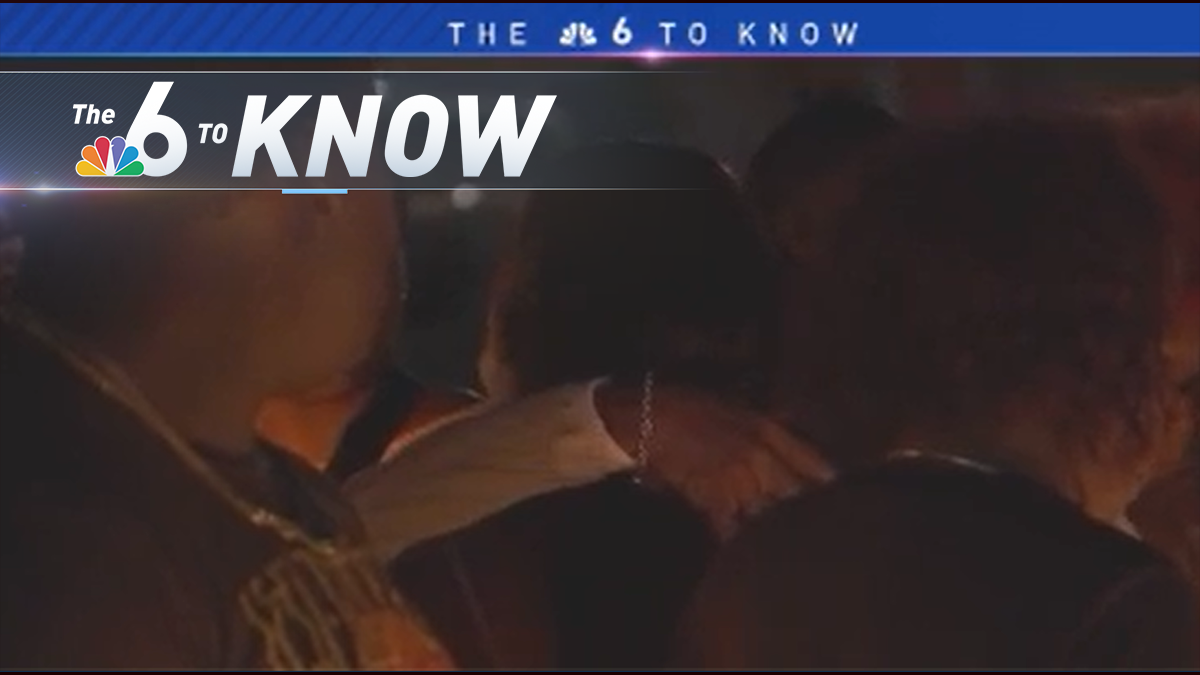This week is Dog Bite Prevention Week! Which means it’s time for me to remind readers once again, that every year, nearly 4.5 million Americans are bitten by dogs. And again, I should point out that nearly half of those bitten are children between the ages of five and nine. This year, however, I’d like to examine a different number: seventy seven. This is the percentage of children who are bitten by dogs owned by their family or friends.
Let’s allow that to sink in for a moment - 77% of pediatric dog bite victims are injured by dogs with whom they are very familiar. When parents and dog owners are interviewed by animal control officers or quoted by the press, someone almost always says “The dog just snapped!” This article is not intended to invalidate or diminish the experiences of anyone, especially a child, who may have bitten by a dog. I apologize in advance for any offense this next statement may cause, but it has to be said: dogs do not “just snap”. Ever. So how do these things happen? Why do dogs bite, and why on earth do they bite small children?
Regardless of how deeply we involve our dogs in our lives, at the end of the day, they are animals. As such, they are hard-wired with a “fight or flight” response that determines how they react to stressful situations. While most of us would love to trade our own stress levels for those of the family dog, it’s important to understand that many normal human behaviors can be very frightening to dogs. While I’ve not been able to find an exact statistic, a striking number or dog bites to children happen in conjunction with activities that we consider nice, playful or fun. This only further traumatizes the pediatric bite victim who truly does not understand what he or she did wrong. Here are some everyday childhood behaviors that dogs can perceive as threats.
Hugging and Kissing
Children love giving hugs and kisses. Since they love their dogs as well, it makes perfect sense for them to lavish this sort of attention on the family pet. Hugging and kissing are primate behaviors - and dogs are not primates. In the world of dogs, being grabbed around the neck precedes being taken down by another predator. A kiss can be perceived as an impending bite to the face. Many dogs will tolerate this behavior, but few of them actually enjoy it. And all of them will “tell” you with their body language that they anxious or stressed.
The dog in the picture with me belongs to one of my nurses. She’s a great dog and I love her. But she associates me with shots and x-rays, so the romance is understandably one-sided. Look carefully at her body language. Her ears are back. Her body is tense. The whites of her eyes are visible - a textbook sign of canine anxiety. Most importantly, she is deliberately looking away from me. This is an avoidance behavior, and if you need any more convincing, just Google “child hugging dog image.” The vast majority of them feature dogs that are looking away, looking up or down, or turning their bodies away from the child. Just like Soliel in the picture above, they are tolerating the interaction, but they are not enjoying it. And that can spell trouble down the road. I’ve known Soleil for a long time. She has a very high bite threshold. Had I decided to be stupid and give her a hug or a kiss, she would not have bitten me. However, if I did so several times a day, every day for months or even years, she would have no choice but to correct my behavior with a bite to my face. This is precisely what happens a dog’s warning signs go unnoticed or ignored. Learn these subtle signs of anxiety and stress, and separate children from dogs who may be exhibiting them. The late Dr. Sophia Yin produced a great teaching tool for this purpose. You can check it out by clicking here.http://www.sabalchaseanimalclinic.com/behavior/bodylanguageindogs.html
Sharing
Children are taught from an early age that sharing is desirable behavior and a gesture of kindness towards those whom they love. Sadly, many children are bitten because they expect dogs to share their toys or treats. Many dogs are guilty of resource guarding, and will lash out at children who approach them while they are eating, or who attempt to take their toys. I believe it is wise to teach children that since people and dogs are different, the rules for them are different as well. People are expected to share. Dogs are not. Keep it simple.
Whenever I write articles like this, I always feel like I’m harping on parents. So this time, my fellow dog owners, I’m talking to you. Resource guarding is unacceptable. It may be understandable, but it almost always leads to aggression down the road. Do not set your dog up for failure. We have zero tolerance for it at Casa Kupkee, and our dogs are far from perfect. If you see signs of resource guarding in your dog, call a trainer and get it fixed.
Chasing
Remember the “fight or flight” mentality I mentioned earlier? When a child is bothering a dog, all the dog really wants to do is walk away. This is another reason why hugging is so dangerous - the child’s grip might take away the flight option. A dog who walks away from an overbearing child is actually making a very good decision. This behavior, however, makes no sense to a young child, especially given that most youngsters are taught that such behavior is rude. They are expected to pay attention when someone is addressing them, yet Fluffy can make an unceremonious exit without so much as a by-your-leave. It’s confusing! Again, keep it simple. Dog rules are different. If Fluffy doesn’t want to play, she doesn’t have to. Bites to children often occur when the child pursues or chases a dog who has repeatedly “told” its family that it’s had enough.
Staring
An animal that is about to attack or kill will stare at its intended target before making its move. While children can be taught that it is impolite to stare, babies cannot. And babies stare! It’s very cute - one can’t help but wonder what is going through their minds as they process this big, crazy world. But a dog might interpret a baby’s stare as a challenge or even a sign of an impending attack. Even when they are carried out by small dogs, bites and attacks to babies are often fatal. Tragedy can strike within seconds. Never leave babies alone with a dog. Not even for a second.
Articles on dog bite prevention are almost always followed heated debates in the comment thread. Dog owners accuse parents of raising badly-behaved kids with no common sense. Parents accuse dog owners of failing to take responsibility for the actions of their out-of-control dogs. The fact of the matter is that safe interactions between children and dogs have the potential to benefit communities as a whole. It is therefore everyone’s responsibility to speak up for members of our communities who cannot speak up for themselves.
Do you have a question for Dr. Kupkee? Click here to send him an email.
Click here to check out deals and discounts exclusively for NBC6.com fans!



